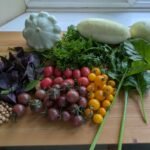-
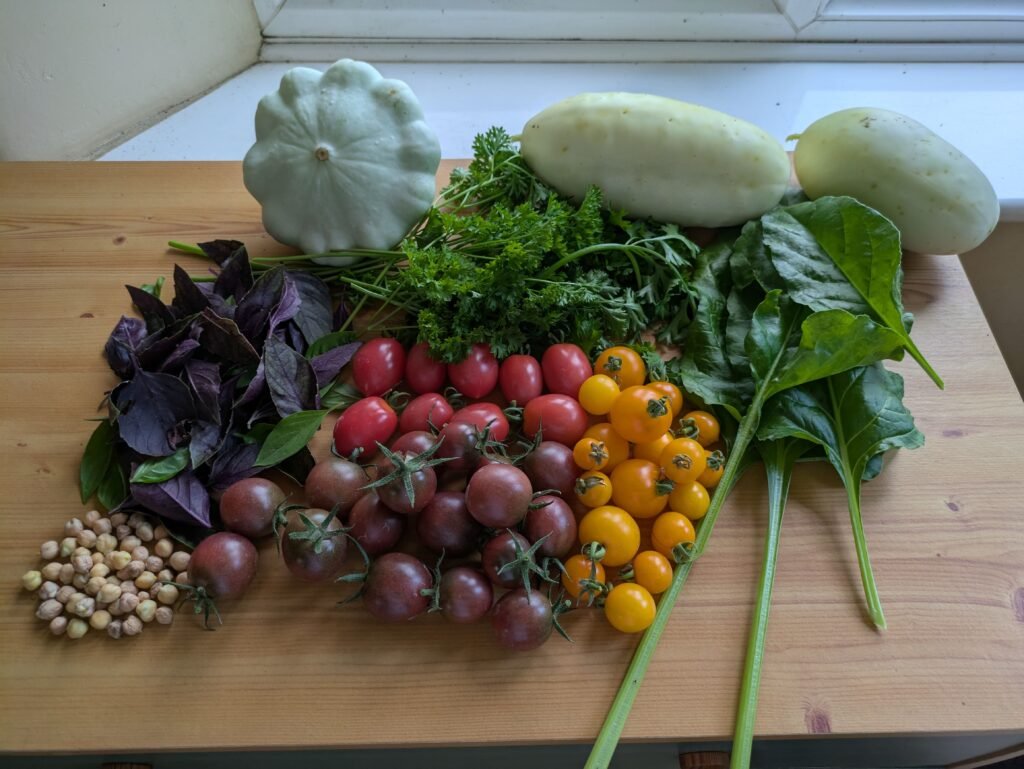
Last Week in the Garden
Harvesting The picture below shows everything that was harvested from the garden last week. White Wonder cucumbers, which are delicious. The larger of the two was a bit too bitter as I’d left it too long before picking. Basil and Red Basil, which have an amazing fresh taste. This is my first year growing Thai…
//
-
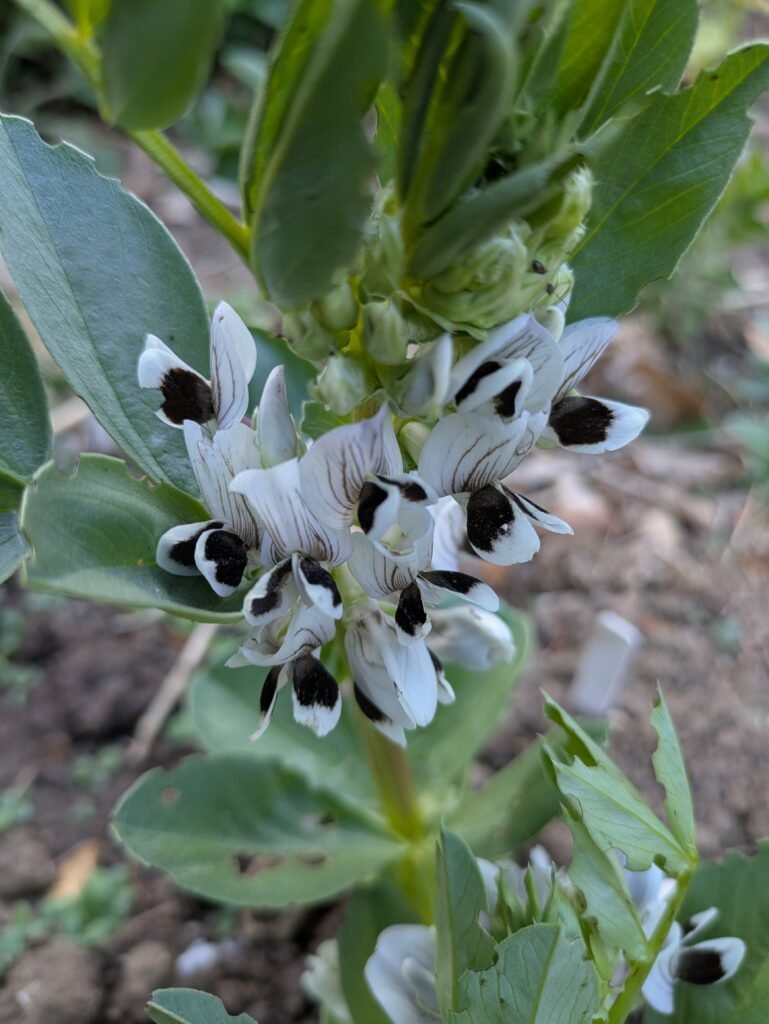
In The Garden
I recently potted on tomatoes, aubergines, peppers, and pumpkins. The aubergines and pepper seedlings want a couple of weeks before planting out, as they aren’t quite big enough yet, and the pumpkins will be planted out soon. You can see some of these in the pictures below. Aubergine seedling Pepper Seedlings This week I planted…
//
-

Last Week in the Garden
Last week was another busy one in the garden. I live in a May last frost area, so most seedlings can’t go outside yet, meaning that a lot of the work right now is preparing the garden, looking after seedlings, and planting out seeds. Lots of seeds were planted Sunflower seeds and old courgette seeds…
//
-

In the Garden
Spring is a busy time for us gardeners, and we’ve been lucky with the weather recently, so here’s what we got up to last week. Sowing chickpeas in old gutters If you’re growing a lot of one plant, it can be very time consuming transplanting the seedlings out into the garden when the time comes.…
//
-

Gardening for Pollinators
Pollinators that you can find in your garden include bees, wasps, butterflies, moths, beetles, and other small animals. What are pollinators? Pollination is a method of reproduction where pollen from the male part of the flower (stamen) is transferred to the female part of the same flower or another flower (stigma). This enables the plant…
//
-
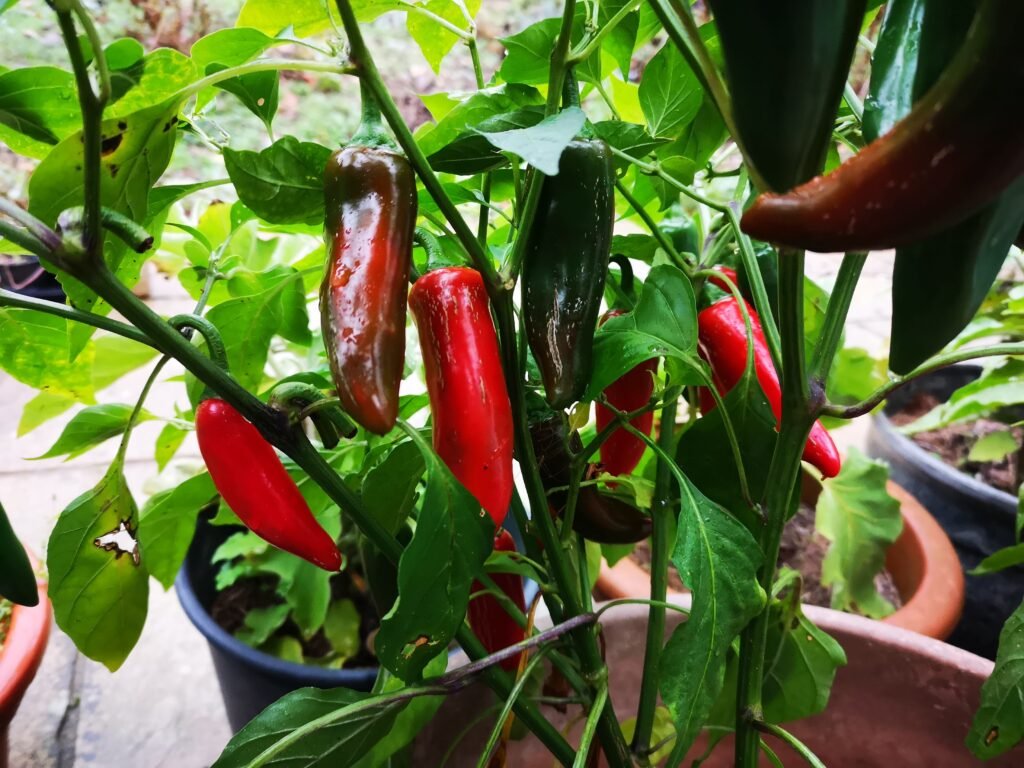
Growing Aubergines and Peppers
I’m going to be sowing my aubergine and pepper seeds inside during the first week of March, but they can be planted any time during March, so if you don’t have your seeds yet, you still have time. Read on to find out how to grow aubergines and how to grow peppers. Make sure to…
//
-
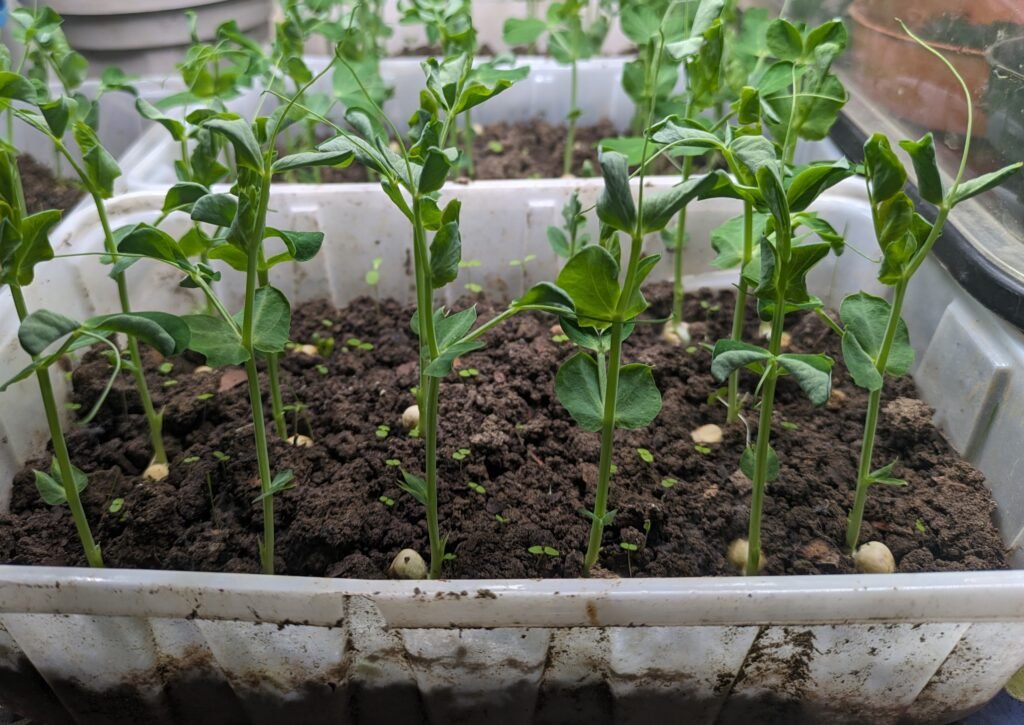
Sowing Seeds Inside
Why should you sow seeds inside? Sowing seeds inside can allow you to start seeds earlier, which can lead to better harvests. It can also protect the plants from pests and lead to quicker plant growth. Check out my Planting Seeds: Inside or Outside blog post for more information on which to choose. Please note…
//
-
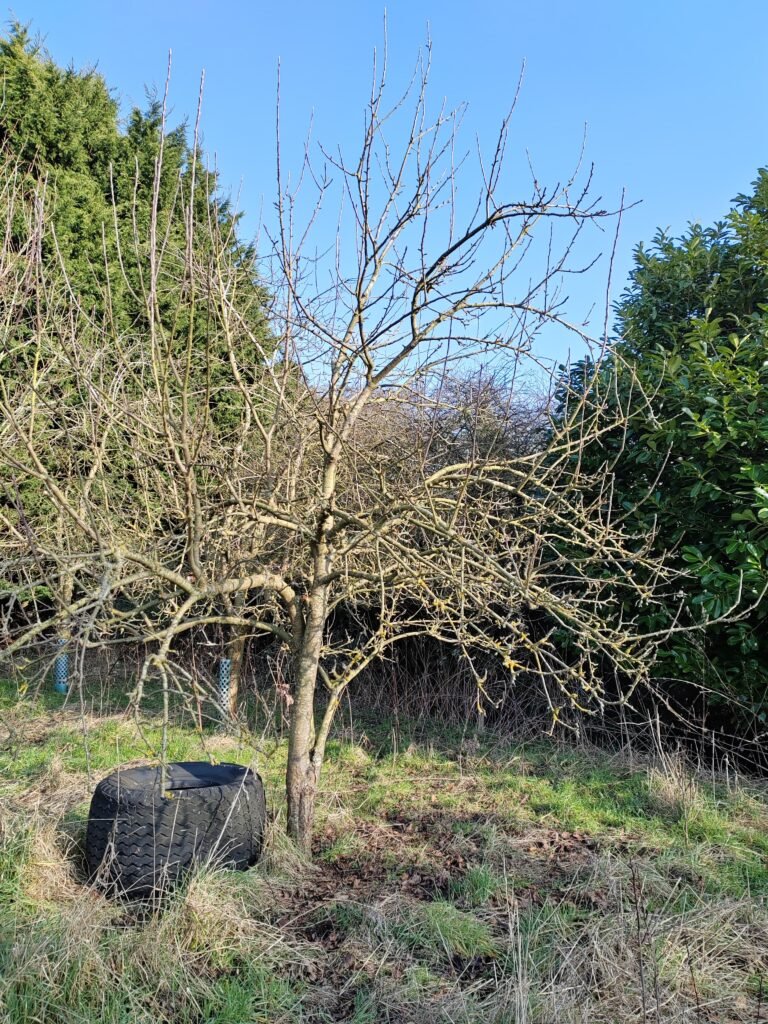
Pruning Apple Trees
There should still be time to prune your apple trees if you haven’t done so already. Benefits of pruning apple trees Improve the shape of the tree. The shape of the tree matters because that’s what allows good air circulation, access to sunlight, and even fruit distribution. Promote better growth and better fruit, as it…
//
-
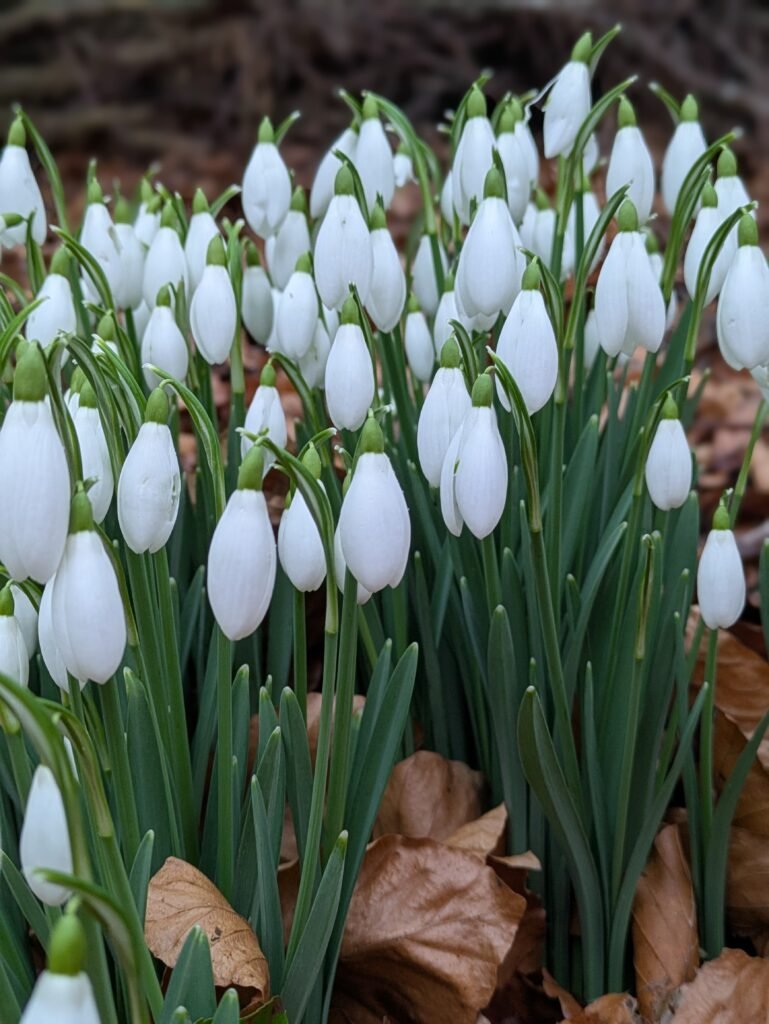
February in the Garden
Here’s a look ahead to what you might see in the garden and the jobs that you can do during February. Things in the garden Snowdrops should be flowering already, as should hellebore. It might be a good idea to mark where they are before they die back. Primroses might be coming up and starting…
//
-
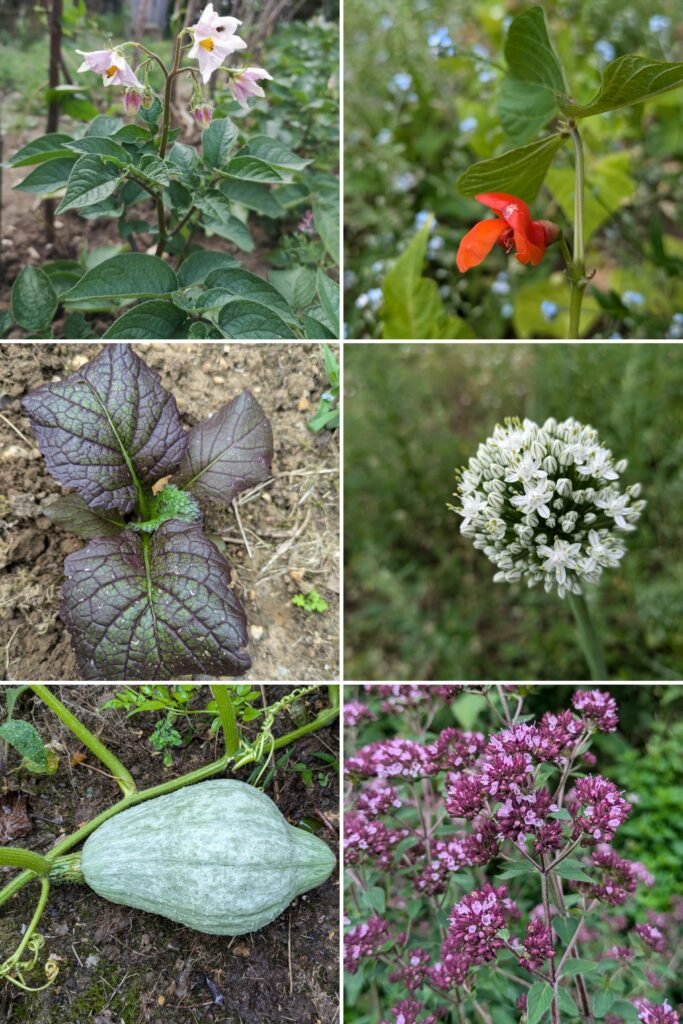
Beginner Gardener: Your Garden
This is the end of the beginner gardener series. All of my posts will still be useful for any beginners, but this series was meant to provide all of the information for you to start in the garden. Now that we’ve covered all of the beginner plants, it’s time to look at what your plots…
//

Welcome to my blog, where I talk about a variety of garden topics. Join me on my journey in the garden, which I started in 2020. I aim to simplify things and help as many people as possible, of all skill and experience levels, while showing you the things that I’m doing, including what has and hasn’t worked.
